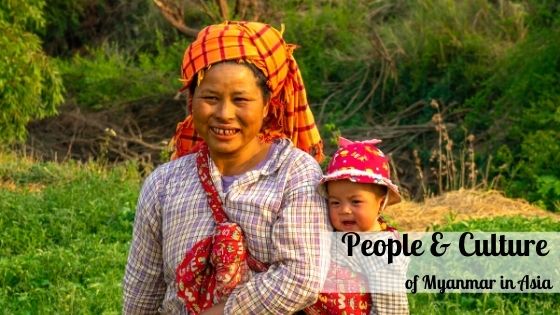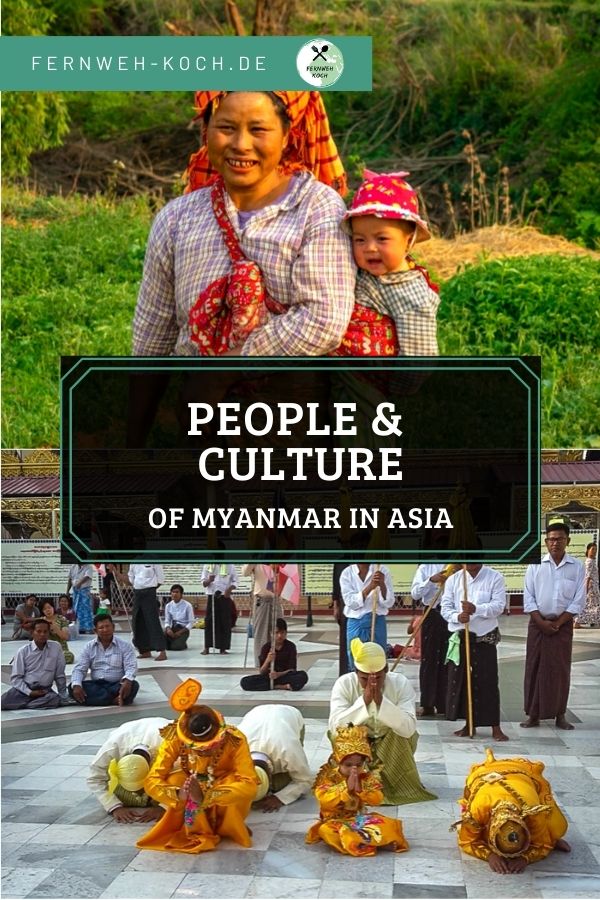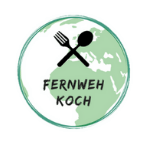

People & Culture
Myanmar
Get to know the world
This article is part of a series of articles about Myanmar, written by guest author Lydia Herrmann. It is meant to help you learn a little bit about Myanmar culture and people in an attempt to bring us all closer to a nation currently enduring a brutal military coup. You will find that she uses a rather light-hearted tone to describe a life that does not exist in this way at this time.
She writes this with great sadness but also with the hope that if we do not look away, if we show international support and solidarity then this life is not only the past but also the future.
This article is part of a series of articles about Myanmar, written by guest author Lydia Herrmann. It is meant to help you learn a little bit about Myanmar culture and people in an attempt to bring us all closer to a nation currently enduring a brutal military coup. You will find that she uses a rather light-hearted tone to describe a life that does not exist in this way at this time.
She writes this with great sadness but also with the hope that if we do not look away, if we show international support and solidarity then this life is not only the past but also the future.
The People and Culture of Myanmar
It is impossible to write about the people of an entire country without making any sweeping generalisations, let alone a country with over a hundred different ethnic groups. Also I am very much aware that even after living in Myanmar for three years my understanding of Myanmar culture has only just scraped the surface. So this article will be about some of the more obvious aspects of Myanmar culture.
Ballons over Bagan
Burma or Myanmar?
There is some confusion surrounding the name of the country in question. Is it more politically correct to say Myanmar than Burma? Well, not really, both names are somewhat problematic. Burma is the name given to the country by the British colonial power. So firstly, it was imposed upon the country by their oppressors and secondly, they based it on the name of the dominant ethnic group, the Bamar.
In 1989 Burma was renamed Myanmar by the then ruling oppressive military regime. Myanmar is essentially a Burmese word for Burma and the name is therefore not any more inclusive of ethnic minorities. However as the country transitioned towards democracy the name Myanmar became more internationally accepted.
Religion in Myanmar
Theravada Buddhism is the most common religion in Myanmar (88%). There is a small proportion of Christians mostly from the northern states of Myanmar, like Chin and Kachin state. A lot of the Muslim minority originates from Rakhine state and have sadly faced persecution for many years.
There is a small Hindu population as well as animist believes. Ancient animist believes and Nat (spirit) worship have been incorporated into Buddhism. In Yangon you will find neighbourhoods where Buddhists, Christians, Muslims and Hindus live peacefully next to each other, but unfortunately negative comments about other religions still occur.
Recling Buddha Win Sein Taw Ya
Myanmar is a deeply religious country and religious practices are often entwined with day to day life. Monks and nuns seldom miss from street scenes, especially in the early morning when they go around collecting alms. Monks are highly respected in Buddhist society.
Sanchaung
The Longyi
The longyi is the universal dress of Myanmar. It is a tube made out of fabric. Women pull it to one side, fold it over and tuck it in so it becomes a long straight skirt. Men pull it to both sides, bring the ends to the middle and make a kind of twisted knot in front of their belly. Having secretly tried the male version I have to say I prefer it at it allows more freedom of movement. There are also differences in fabrics, colours and patterns between male and female longyis. Traditionally different patterns of longyis are associated with different regions and ethnicities.
Nocives at ceremonie in Myanmar
It is not uncommon to wear the pattern of a different ethnicity, this is usually seen as a sign of respect. But especially for women there are also many modern patterns. Generally longyis are a beautifully colourful affair; we westerners are just too boring in our colour choices. Whist longyis are still widely worn trousers are also fashionable amongst young people.
Longyi Fabrics
Seasons in Myanmar
You may say seasons are neither people nor culture, however I think we can all agree that they usually have a major influence on our life and culture. There are three seasons in Myanmar, a (dry) cold season, a (dry) hot season and a rainy season. The terms are somewhat misleading because all seasons are rather hot, at least in the southern half of Myanmar. In Yangon a cool day during cold season will still be up to 27˚c and no colder than 15˚c at night, thence the word “cold” is relative.
Pao Woman with Child
During hot season the temperature in Yangon is usually around 40˚c. Rainy season is exactly what it sounds like, very rainy. Forget all summer rains you have ever seen, this is the kind of heavy rain that will have you in awe. After a while you get used to always carrying an umbrella and often walking through water, rubber sandals are advisable.
Rainy Season in Myanmar
The Thingyan
The most important holiday for the Buddhist population in Myanmar is Thingyan, the water festival and Buddhist new year. Thingyan is a very joyous affair, pretty much from sun up to sun down people will be outside “playing water”, meaning using, water guns, cups, baby pools and hoses to get passersby soaking wet.
Big stages are set up around town from which people spray water onto people passing by on pickup trucks, who in turn will usually carry a big barrel of water to splash people on the street. Luckily this happens during the hottest time of the year.
Water Festival Mon State
Traditionally just a little water is sprinkled on a person, signifying a cleansing or purifying of the body and spirit before the New Year begins.
After three or four days of joyous splashing follows the New Year’s Day, this is a quiet day of respect where it is customary to go to the pagoda. It is common to wash the hair and cut the nails of elderly people or perform other good deeds such as donations to monasteries.
Water Festival Yangon
Names in Myanmar
You may have seen a few Burmese names, at least the name Aung San Suu Kyi should sound familiar. Burmese names are usually made up of three or four parts; there are no first and last names in Burmese. Traditionally names are often given based on the day a person is born at. When addressing each other people will usually put brother ko or sister ma in front of the name, oft shortened to the first or fist two parts of the name.
For older people it is respectable to put uncle u or aunty daw in front of their name. When calling someone or addressing people you do not know it is common to just call them older/younger brother a ko/maung lay, ni lay or older younger sister a ma/ni ma lay depending on their age.
Boy with Thanaka
The Thanaka
You could say thanaka is a kind of makeup, or a kind of sunscreen. Basically it conveniently combines the two. Thanaka is a paste made from ground up bark, wood or root of thanaka trees, which is applied to the skin. It is most prominently applied to the cheeks and sometimes the bridge of the nose and the forehead.
A thin layer may be applied as sun protection to the whole face and arms, especially for young children. It is mostly worn by women and children, but also young men sometimes use it. It is meant to be good for your skin and also feel cooling.
Thanaka wood on a market
Betel Quids
If you have never seen someone chewing betel quids before it can look a bit scary. It turns the lips, teeth and mouth blood red. People will often spit the remains of the quids onto the street leaving red marks. Betel quids are sold at every street corner. They are little parcels of areca nuts (often mixed with tobacco) wrapped in betel leaf glued together with slaked lime. They are widely used and popular because of their stimulating effect, especially amongst men, but similarly to smoking a rather unhealthy habit.
Betel Nuts
About the author Lydia
After studying Psychology in Scotland Lydia accidentally ended up in a restaurant kitchen, got addicted to the heat and buzz of the kitchen and decided to become a chef.
Following a friend’s invitation she went to work in Myanmar for two months. Falling in love with the country, the people, the food and the markets, two months somehow turned into three years.
Now back in her native Germany Lydia is trying to raise awareness for the struggle of the people of Myanmar who are enduring the brutal aftermath of a military coup.
Do you want to bookmark this article to read on Pinterest?
Then just click on the image.

Hey, we are Pragya and Henrik, the creative minds behind Fernweh Koch. As passionate travelers with a big appetite, we discover the world, always looking for great destinations and delicious food. If you want more information and impressions, please follow us on Facebook, Pinterest and Instagram. Just click on the respective picture below. You can also find Fernweh-Koch at Bloglovin and Flipboard.
+++ Advertising | Affiliate – This article contains affiliate links marked with a *. If you order something over it, you will still pay the normal price. However, I get a small commission from the provider, so I can continue to buy delicious ingredients for my recipes in the future +++

















